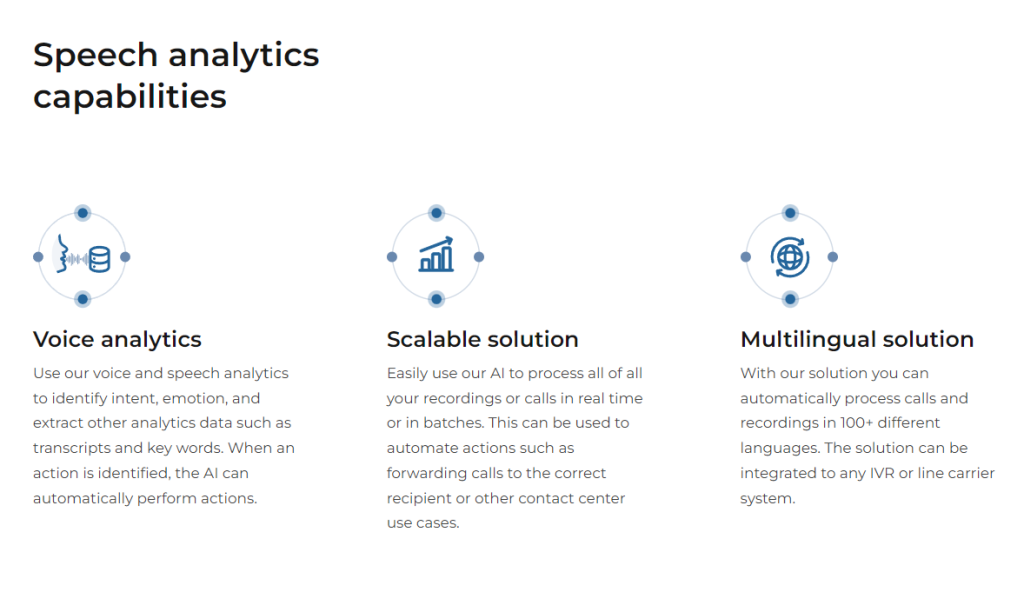Nothing sucks more in business than pouring a lot of time and effort into developing a product and later realizing that there isn’t a market for it. Not finding product-market fit happens to the majority of new products. For startups, this can be devastating since they are not yet making money. Usually, they start developing a product, maybe raise a round of funding with lofty ambitions, and then when they try to go to market, they realize nobody wants what they are building and fall flat on their face.
There’s another way to approach the problem, it’s often called the lean startup approach and was introduced by Eric Reis in the book The Lean Startup. While the concept of the lean startup is quite easy to understand, executing it in practice is far from easy. In our company, we have gone through many such iterations and experiments, and I thought that you may benefit from knowing how we operate.

Our first experiment took almost six months to finish. This means it took us about that long to realize that we didn’t want to continue developing the first product. We realized that we needed to speed up our learning and set a goal of making our product experiments faster and cheaper. I have to say I'm really happy with the outcome of that process.
To date, the fastest product test we have done took us three workdays to set up and was run for two weeks, during those two weeks we didn't have to do much other than take a few calls, meantime we were able to put most of our efforts elsewhere. After two weeks, we were able to recognize that it didn’t seem to be lucrative enough for us to put more resources into it, so we stopped.
Let's do a comparison. Imagine Company A having 18 months of runway and each product experiment taking 6 months. That would result in getting max 3 tests done before they are out of money, probably fewer if you account for time needed to raise more funding. Company B, which is able to run tests in two-week cycles would be able to run 39 experiments, or 13 times more experiments than Company A. Which one do you think has a better chance of finding product-market fit?
In summary, from the first product experiment to now, we have been able to reduce the time it takes us to get results by over 90%. Read on if you are interested in finding out how.

Eric Reis advocates for developing a Minimum Viable Product (MVP) – the simplest version of your product that allows you to gather feedback from early users. This approach lets you test assumptions and gather real-world data to understand what works and what doesn't.
Hearing MVP, you may assume that the simplest experiment you can do for a new product requires developing the first iteration of that product, however, that is most often not true. The simplest and first test you should be doing for a product is to assess whether it will be commercially viable. This is how we now start all our new product experiments.
Most people who talk about this argue that development time is the most expensive resource in a team and should not be wasted. I have a different perspective.
The real reason to do commercial tests before developing a product is that finding and going to market is harder than building the product. In addition to that, not every type of product is sold the same way, and your team may be better at selling one type of product than another based on their experiences. Unless you can easily change your team composition, you should also be evaluating whether your team is efficient at selling the product and whether the commercial approach is scalable before committing more resources to it. If it turns out any of these are not fitting, our philosophy is to drop the idea or modify it and run another test.
To be able to perform fast experiments, we have developed what I would call our learning engine. The engine consists of different automated sales and marketing channels through which we can reach potential customers, a set of website assets and templates that we use to create new landing pages, and an experiment process for documenting and evaluating results. The main channels we use to evaluate demand are Google Ads, LinkedIn, and organic search.

When we want to test a new product idea, we start by creating a landing page and campaigns for the different channels. We then run the experiments for two weeks and evaluate the results. Sometimes we need another iteration before we feel comfortable to decide. In other cases, we may find already in one iteration that a product is or isn’t for us.
The fastest experiment we have done to date was a speech analytics API experiment. We had an idea for a product in speech analytics that we thought could be in demand. We set up the landing page explaining the features that would be available and launched campaigns for it. After two weeks, we had managed to convert a few conversations with potential customers, which normally would have been a pretty good sign, however, during the discussions, we found out that the market for what we were planning was limited mostly to northern Europe.
This was because the price we wanted to charge was too high, more than hiring a new person in the regions of the world where most of the demand is found. After taking another look at the numbers, we decided that it would be a challenge to get a profitable product except for in Northern Europe. We consider the Nordics too small of a market for us to target, which then led us stop the experiment and move on to the next one.